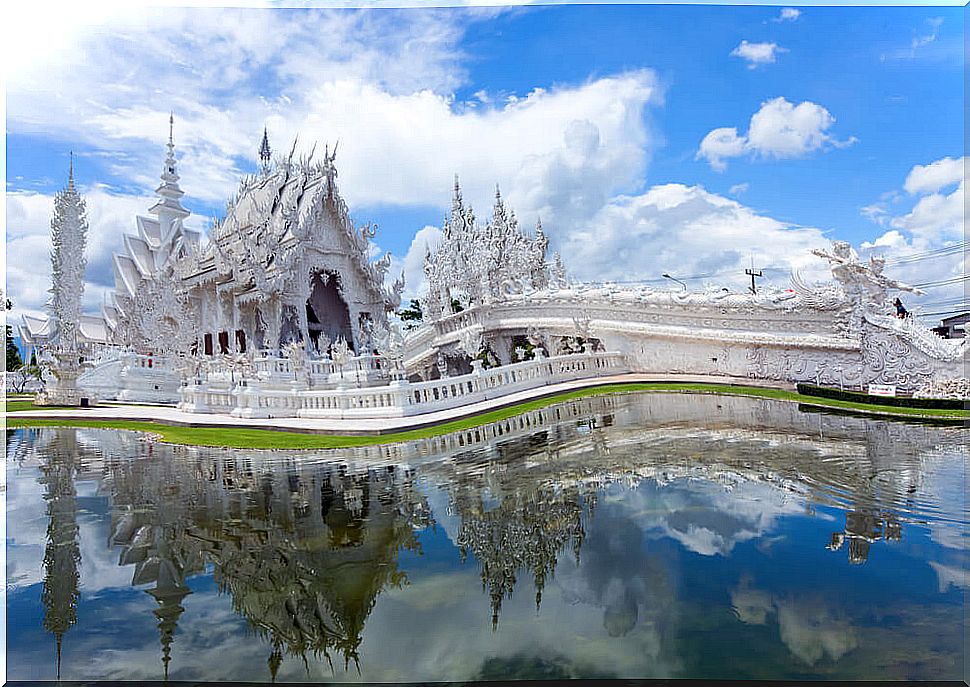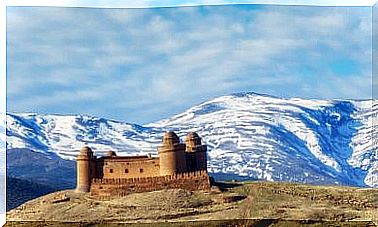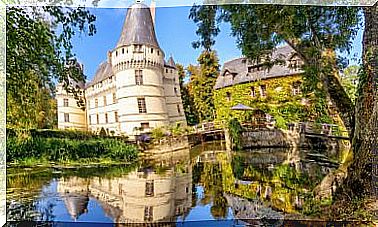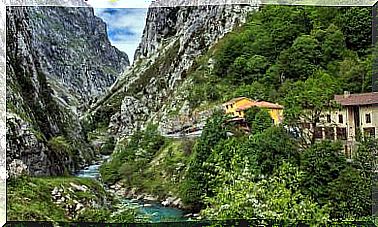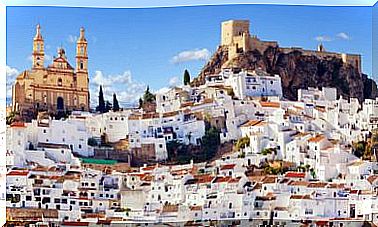The Elephant, The National Symbol Of Thailand
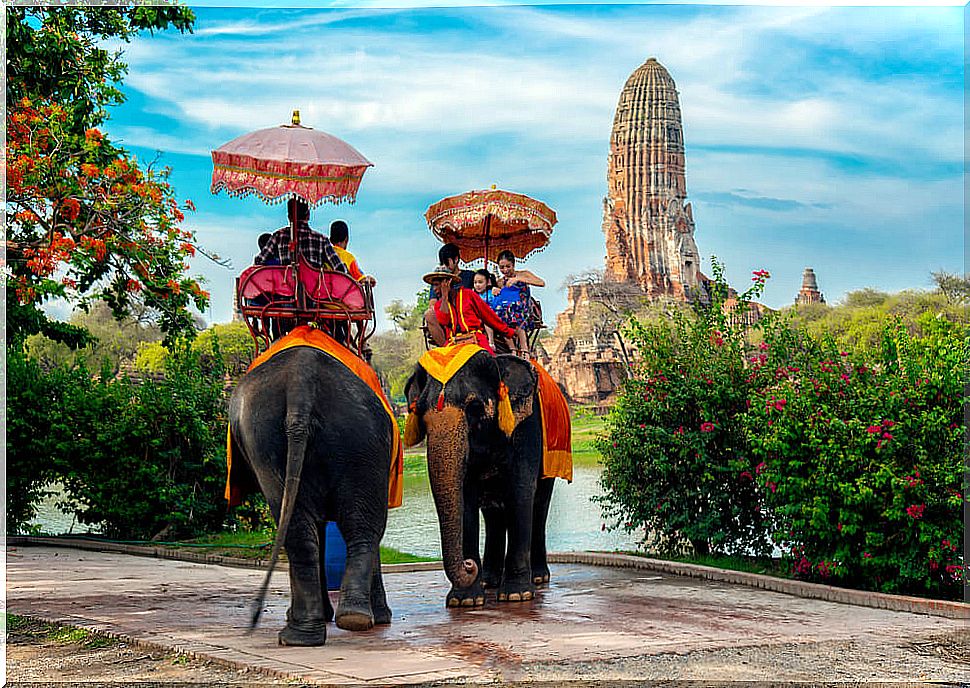
The elephant or chang , a name it receives in Thai, is not only the national symbol of Thailand, but it is also synonymous with strength and good luck. For this reason, these large mammals are respected and revered throughout the country.
In this article we want to teach you a little more about the fascinating Thai culture. You will discover the importance of the elephant and its close relationship with its culture as a national symbol of Thailand.
The national symbol of Thailand
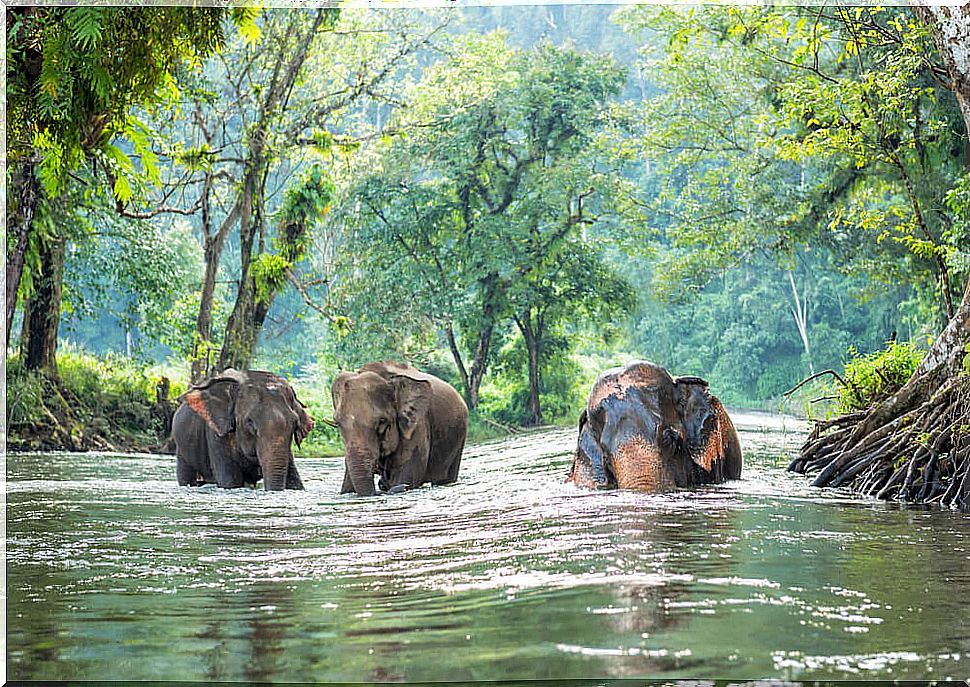
The elephant is a sacred symbol and of great spiritual importance in many religions. However, for Thailand the elephant is much more than an icon or element of power, it is part of its history.
In fact, the elephant is not only worshiped by Buddhists, one of the main religions of the country, it is also an important figure within Hinduism. A clear example of this is the representation of Ganesha, god of the arts.
The history of the country speaks of the importance of these animals. Elephants were used for their great size and nobility to perform different tasks : from helping to transport heavy materials for the construction of large monuments to intimidating the enemy during times of war.
The elephant was also used as a means of transportation for the royal family or as an offering to other great lords. So much so, that the white elephant ended up becoming the symbol of the royal family. What’s more, a decree was issued where the king claims each white elephant as his property.
In addition, due to the aforementioned, the elephant was part of the country’s flag from 1846 to 1917. Finally, it is important to mention that it is also part of the modern flag of the Royal Thai Navy and that it is also present in the official emblems of many provinces of the country.
The elephant, part of the culture and folklore of Thailand
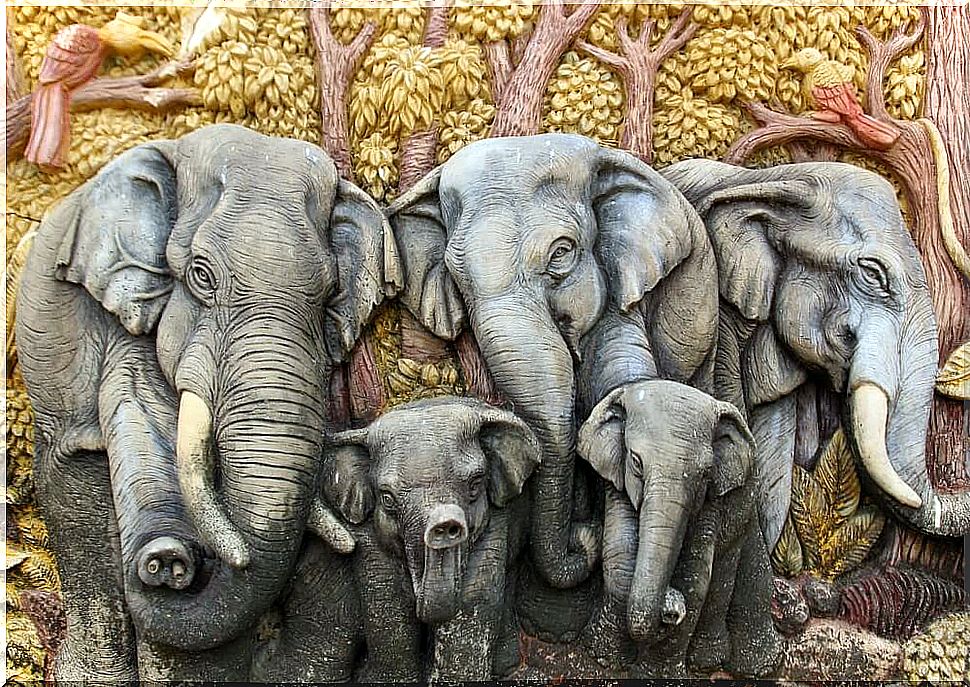
The elephant is part of a multitude of myths and legends in Thailand. One of the best known, typical of Buddhism, says that a princess named Maya dreamed of a white elephant. The princess assured that during the dream he entered her.
Due to this confession, several close to the woman predicted that this was a divine sign. She would be in charge, from this mystical dream, to give birth to the Buddha himself.
There are also references to the importance of the elephant in works of literature and art and national emblems. Thailand, as a mainly Buddhist state, has important monuments and precincts, such as royal palaces and temples, where we can find representations of the country’s symbol in drawings, coats of arms, engravings and other decorative elements.
In addition, since the 1960s, a festival dedicated to the elephant has been held in the Surín region. It was created to raise funds to ensure the survival of these animals and is held every year in November. Parades and even a polo tournament with elephants are held during the festival, for the enjoyment of locals and tourists who come to the place.
Yes, in addition, we have decided to visit the capital of the country, Bangkok, we can visit the Royal Elephant Museum. It is entirely dedicated to this animal and a great variety of works related to the elephant are exhibited as the center of the composition.
Elephants in Thailand, yesterday and today
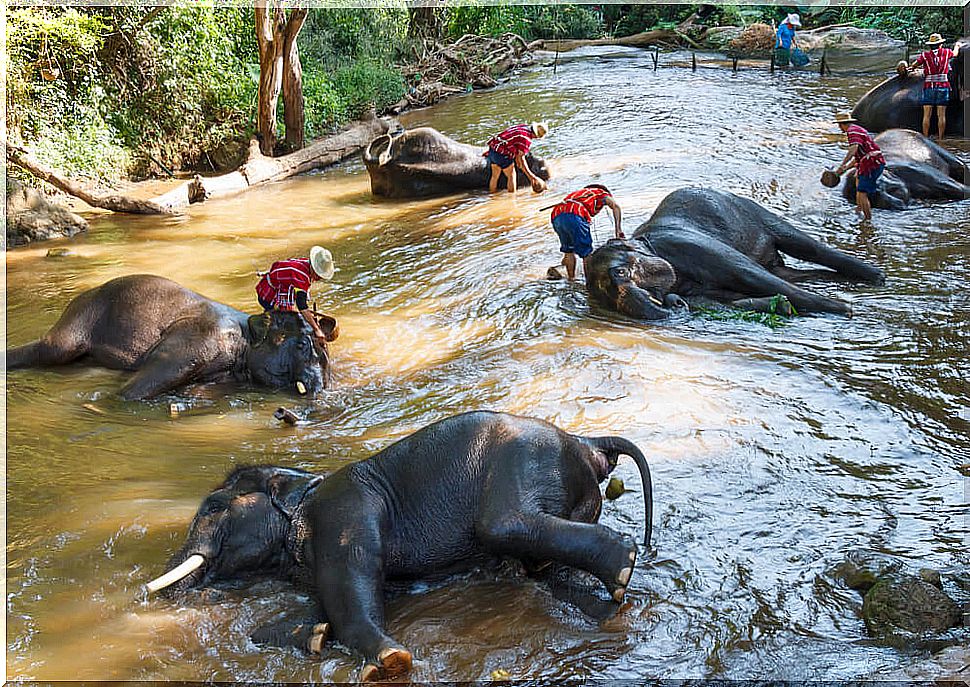
As we have already discussed, elephants have been used for centuries as an aid to tilling fields and to carry heavy goods over long distances.
This practice continues to this day. Many of these elephants have worked until they reached 60 years of age. What’s more, elephants were a key point in the development of the country’s timber industry.
But due to these practices and the abuse of the animal as a tourist attraction, the number of elephants in Thailand has decreased considerably. The records speak of a loss of more than 100,000 specimens since the beginning of the 20th century.
Luckily, there is currently a fight in favor of its conservation in a state of freedom. At the Thungyai Naresuan Wildlife Sanctuary, located between Uthai Thani, Tak and Kanchanaburi provinces, there has been an increase in the elephant population.
However, due to poaching, most of these large and imposing animals are relegated to living in natural parks and protected areas.
